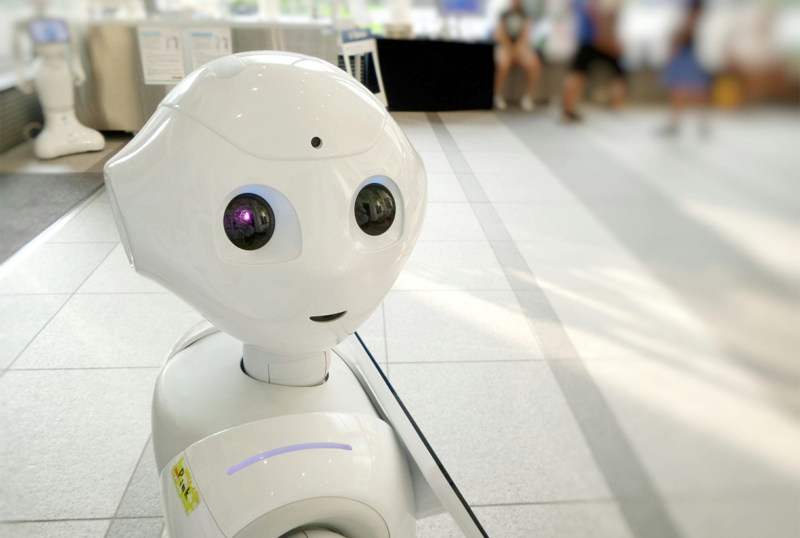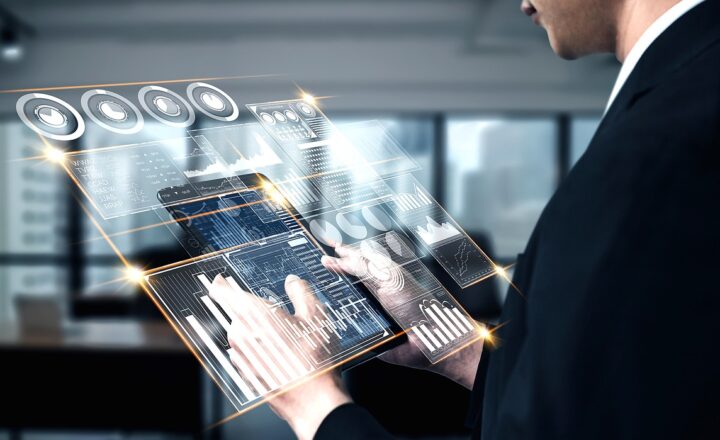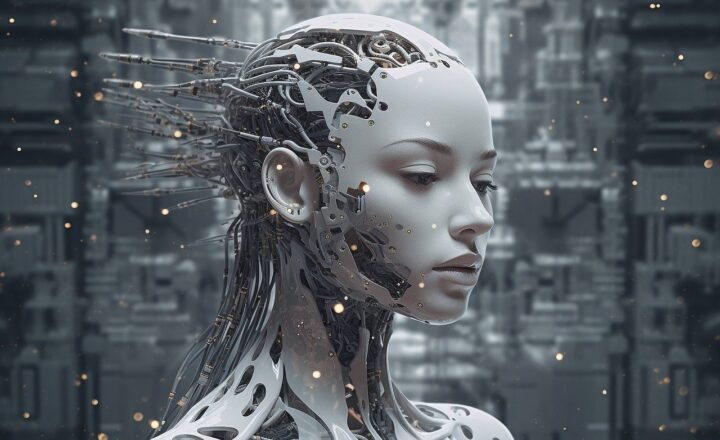
The advent of artificial intelligence (AI) and automation has sparked widespread debate about the future of work. Concerns abound that robots and AI systems will replace human jobs, leading to mass unemployment and social upheaval. This article explores the impact of AI on the job market, examining which jobs are at risk, potential new opportunities, and strategies to adapt to this changing landscape.
The Current State of AI and Automation
Automation Technologies
- Robotics: Physical robots performing tasks in manufacturing, logistics, and service industries.
- Software Automation: AI algorithms handling data processing, customer service, and administrative tasks.
- Machine Learning and AI: Systems that learn and improve over time, expanding capabilities.
Industries Already Impacted
- Manufacturing: Use of robots for assembly lines and production.
- Retail: Self-checkout systems reducing cashier roles.
- Finance: Automated trading and robo-advisors in investment.
Jobs at Risk
Routine and Repetitive Tasks
- Data Entry Clerks: Automation of data processing.
- Assembly Line Workers: Robots performing repetitive manufacturing tasks.
- Cashiers: Self-service kiosks in retail and fast food.
Middle-Skill Jobs
- Administrative Assistants: AI handling scheduling and communications.
- Bookkeeping and Accounting: Software automating financial records.
Transportation
- Truck Drivers: Development of self-driving vehicles.
- Delivery Services: Drones and autonomous delivery robots.
Jobs Less Likely to Be Automated
Creative Professions
- Artists and Writers: Require creativity and originality.
- Designers: Need for human aesthetics and innovation.
Complex Problem-Solving
- Engineers and Scientists: Advanced reasoning and experimentation.
- Strategic Planners: Big-picture thinking and adaptability.
Social Interaction and Emotional Intelligence
- Healthcare Professionals: Doctors, nurses, and therapists providing personalized care.
- Educators: Teachers adapting to student needs.
Trades Requiring Dexterity
- Electricians and Plumbers: Complex physical tasks in varied environments.
- Carpenters and Construction Workers: Custom work and adaptability.
Potential Job Creation
AI Development and Maintenance
- Data Scientists: Designing and training AI models.
- AI Engineers: Building and maintaining AI systems.
New Industries
- Virtual Reality (VR) and Augmented Reality (AR): Content creation and development.
- Renewable Energy: Jobs in sustainable technologies.
Support Roles
- Ethics and Compliance Officers: Ensuring responsible AI use.
- AI Trainers: Teaching AI systems through supervised learning.
Economic Theories and Predictions
Historical Perspective
- Technological Revolutions: Past innovations like the Industrial Revolution led to job shifts, not mass unemployment.
- Productivity Increases: Automation can lead to economic growth and new opportunities.
Optimistic Views
- Augmentation over Replacement: AI augmenting human abilities rather than replacing them.
- Job Evolution: Emergence of new roles requiring uniquely human skills.
Pessimistic Views
- Structural Unemployment: Skills mismatch leading to prolonged joblessness.
- Income Inequality: Benefits of AI concentrated among those with capital and high skills.
Strategies for Adapting to AI in the Job Market
Education and Reskilling
- Lifelong Learning: Continuous education to adapt to changing job requirements.
- STEM Focus: Emphasizing science, technology, engineering, and mathematics.
Emphasizing Soft Skills
- Emotional Intelligence: Skills like empathy and communication become more valuable.
- Creativity and Critical Thinking: Abilities that AI struggles to replicate.
Policy Interventions
- Universal Basic Income (UBI): Providing financial security amidst job displacement.
- Retraining Programs: Government-funded initiatives for skill development.
Corporate Responsibility
- Employee Retraining: Companies investing in their workforce’s adaptability.
- Ethical AI Deployment: Considering social impacts when implementing AI.
Case Studies
Amazon’s Warehouse Automation
- Robotics Integration: Use of robots for sorting and moving goods.
- Employment Impact: Creation of new roles in robot maintenance but concerns over worker conditions.
Automation in Banking
- ATMs and Online Banking: Reduced teller positions but increased demand for customer service roles.
- Shift in Skills: Focus on sales and relationship management.
Balancing Innovation and Employment
Human-AI Collaboration
- Complementary Roles: Humans handling complex tasks, AI managing routine ones.
- Enhanced Productivity: Teams combining AI efficiency with human judgment.
Ethical Considerations
- Fair Distribution of Benefits: Ensuring that gains from AI are shared broadly.
- Regulatory Oversight: Policies to manage the pace of automation and its social impacts.
The Global Perspective
Developed vs. Developing Countries
- Labor Cost Dynamics: Automation more likely in high-wage economies.
- Potential for Leapfrogging: Developing nations adopting advanced technologies to accelerate growth.
International Cooperation
- Standards and Guidelines: Collaborative efforts to manage AI’s impact on the global workforce.
- Knowledge Sharing: Sharing best practices for adaptation and reskilling.
Conclusion
The question of whether robots will take our jobs is complex, with no definitive answer. While AI and automation pose challenges to certain job sectors, they also offer opportunities for new roles and industries. Adapting to this evolving landscape requires proactive efforts from individuals, organizations, and governments. By embracing lifelong learning, emphasizing uniquely human skills, and implementing thoughtful policies, society can navigate the future of work in the age of AI.







